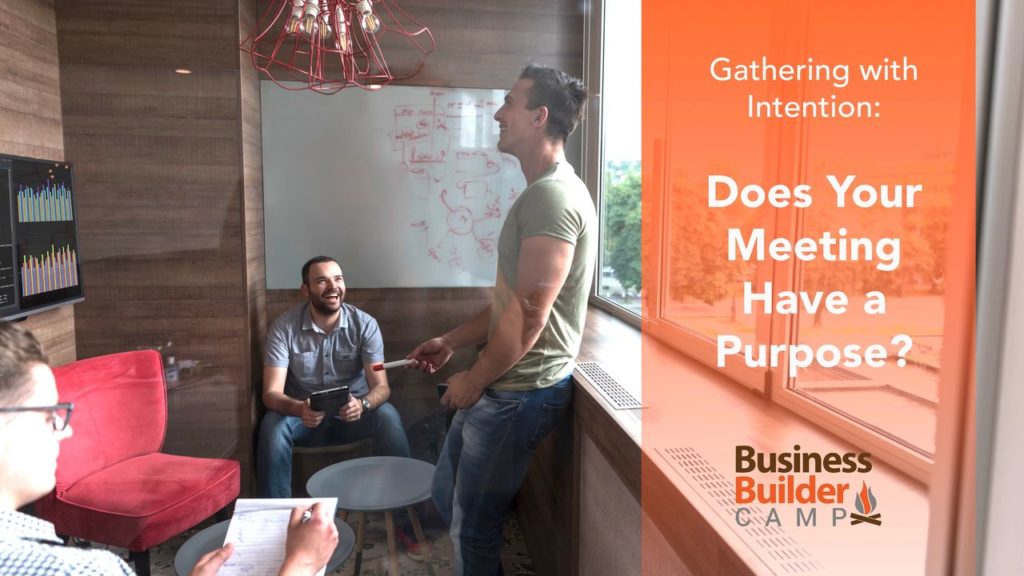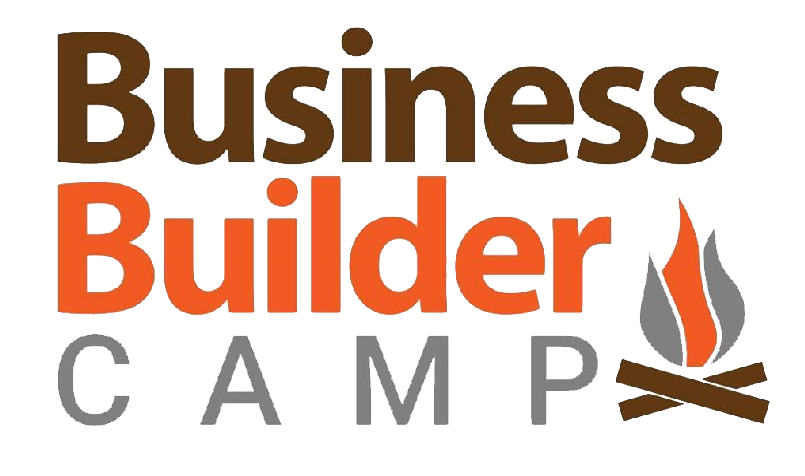
We often fear and resist change. Then we do it and it becomes the norm. And the cycle starts all over. We have lived this experience during this last year. When the world shifted in March, 2020, we were forced to respond with new ways of working and being. It was tough.
One of the biggest shifts was in how we meet with our teams. Prior to COVID, many of us had gotten super comfortable with the rhythm of our in-person meetings. In fact, we maybe even got too comfortable. I wonder, did we value comfort over effectiveness? We have been forced to respond with new ways of working and collaborating as a team in the workplace. The biggest shift? Conducting meetings.
The Shift In Team Meeting Dynamics
Prior to the pandemic, many of us had become overly comfortable with the rhythm of our in-person meetings – possibly prioritizing comfort and routine over effectiveness. As a business owner or business leader, it’s important to ask yourself questions and evaluate the effectiveness of your team meetings.
Take a minute to pick out a regular meeting that was happening before COVID, has continued throughout, and will continue into the future. Ask yourself these questions:
- What was/is the purpose of that meeting?
- Do all of the participants know and honor the purpose of the meeting?
- Does your meeting agenda/behavior/content follow the purpose of the meeting?
Unless your answers are a loud “YES”, maybe it’s time to take a deeper look.
Reframing Meetings In A Changing World
The world is changing again. As we start to return to normal, you have a unique opportunity to reframe this meeting again. It would be irresponsible to allow yourself and your team to slip back into patterns that aren’t working or the best use of your time.
On her podcast, How We Return and Why It Matters, Brené Brown talks with Priya Parker about how we use meeting time as effectively as possible. Parker is the author of The Art of Gathering: How We Meet and Why it Matters. Both Parker and Brown start by naming that regathering, in person, is going to be more difficult and awkward than we want it to be. We’ve forgotten how to act in a normal work environment. The great news is that if we redefine how we gather now, it isn’t the result of doing it wrong, it is just a new way of being. This opportunity provides a pathway to gathering with intention!
As a leader in this situation, it’s on you to name the challenges and opportunities. Tell your team that you are using this as an opportunity to better define how you gather going forward. Acknowledge that it may require a few iterations to get it right but that this process is going to help you all use your time better. It’s important to experiment with what works and what doesn’t for your business. Naming the issues takes the guessing game out of what they even are. You give people a sense of comradery when you call out the challenges you face ahead. This gives people the courage to figure it out together.
Like when I asked you to name the purpose of your meeting above, you first need to make sure that your team engages and buys into this purpose. Parker says that every meeting needs a clear purpose. In fact, when groups gather without a purpose it is a giant waste of time and resources. You need to create and communicate legitimate priorities for your meetings. The fact that most meetings lack a clear purpose isn’t the result of the pandemic. In fact, it’s been a problem for a very long time. However, since you are reframing how you meet, it’s a good time to make sure you are also doing this well.
In the case of meetings with specific groups that happen on a regular basis, it’s easy to get into a level of comfort that dismisses the purpose. When this happens, I suspect there is more frustration and less focus. In these situations, the group needs to lay some ground rules. Perhaps the topics discussed must relate to the majority of the group, require cooperation, or need group buy-in.
Oftentimes, we have way more to discuss than there is time for. In these cases, you need to figure out what the priorities are. Talk with employees that have different experiences than you. Talk to staff members that are far away from power. Gather perspectives that allow you, the leader, to see the issues that have the most impact on all of your team. Then, prioritize topics that enable the group to address bigger concerns and opportunities. When you have a gathering with a strong purpose your meeting will be more interesting and effective.
This is a radical time to reinvent, Brown says. It’s time for you to restructure what your work environment looks like. Brown dubs it “The Bounce” as leaders like you try new approaches and determine the best path to move forward. Everyone is starting over right now. So, it’s important early on to determine what the needs of your organization are at this moment. Gathering with intention now includes managing resources, budgets, and time differently. What your business looked like before may not be how it needs to look now, but that’s the beauty of it. You have the time and space to figure out what steps are next.
So, hit pause. Reflect on what was working before and what wasn’t. Don’t waste your time or energy trying to use techniques that seem familiar but aren’t working. Listen to what your team is telling you. Have important conversations with your staff to allow for helpful change. Most importantly, allow for mistakes to happen. Laugh about it, learn from it, and move on. There is no right or wrong way to do this. Implementing these ideas will help to gather with intention. We can create a space where people feel comfortable and productive. Going to work after such a weird year will be scary. But, we can use these tools to help dissolve that fear. Brown and Parker show us that it’s going to be difficult, but it will be possible!
